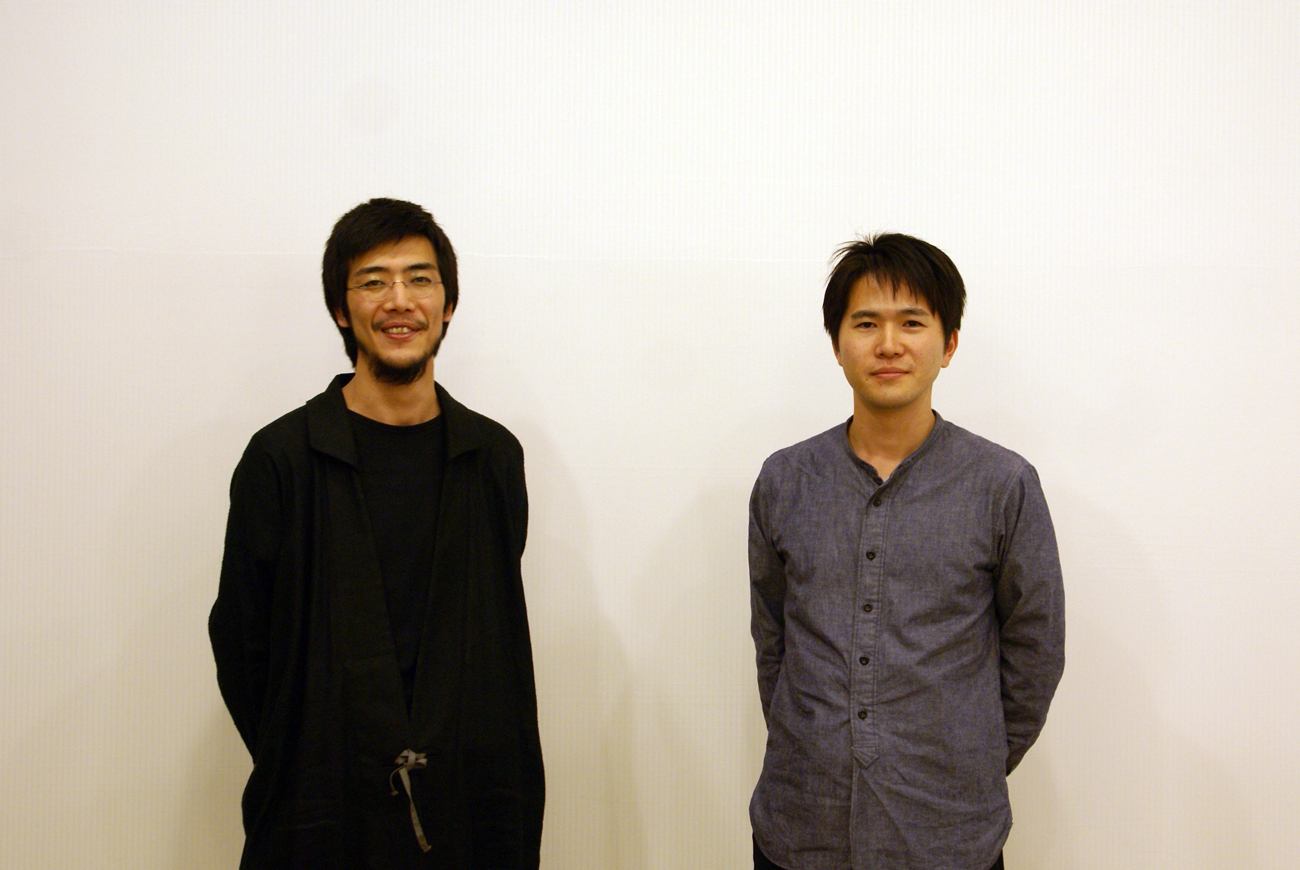Interviews with Past Winners
AATISMO(Daiki Nakamori / Keita Ebidzuka)
Raw Stationery
2016 Grand Prix
AATISMO received the KOKUYO DESIGN AWARD 2016 Grand Prix. Their interpretation of "Raw Stationery" was realized in the form of long rod-shaped pencils, rulers and erasers which can be cut into any length according to the users' preference. This mighty concept which spoke to the origin of stationery, as well as the ways of users and sellers, was highly rated. We interviewed the pair, who have been active in a wide range of genres taking advantage of their different backgrounds in product design and architecture ever since receiving the award, about the concept and design process of the design they entered.
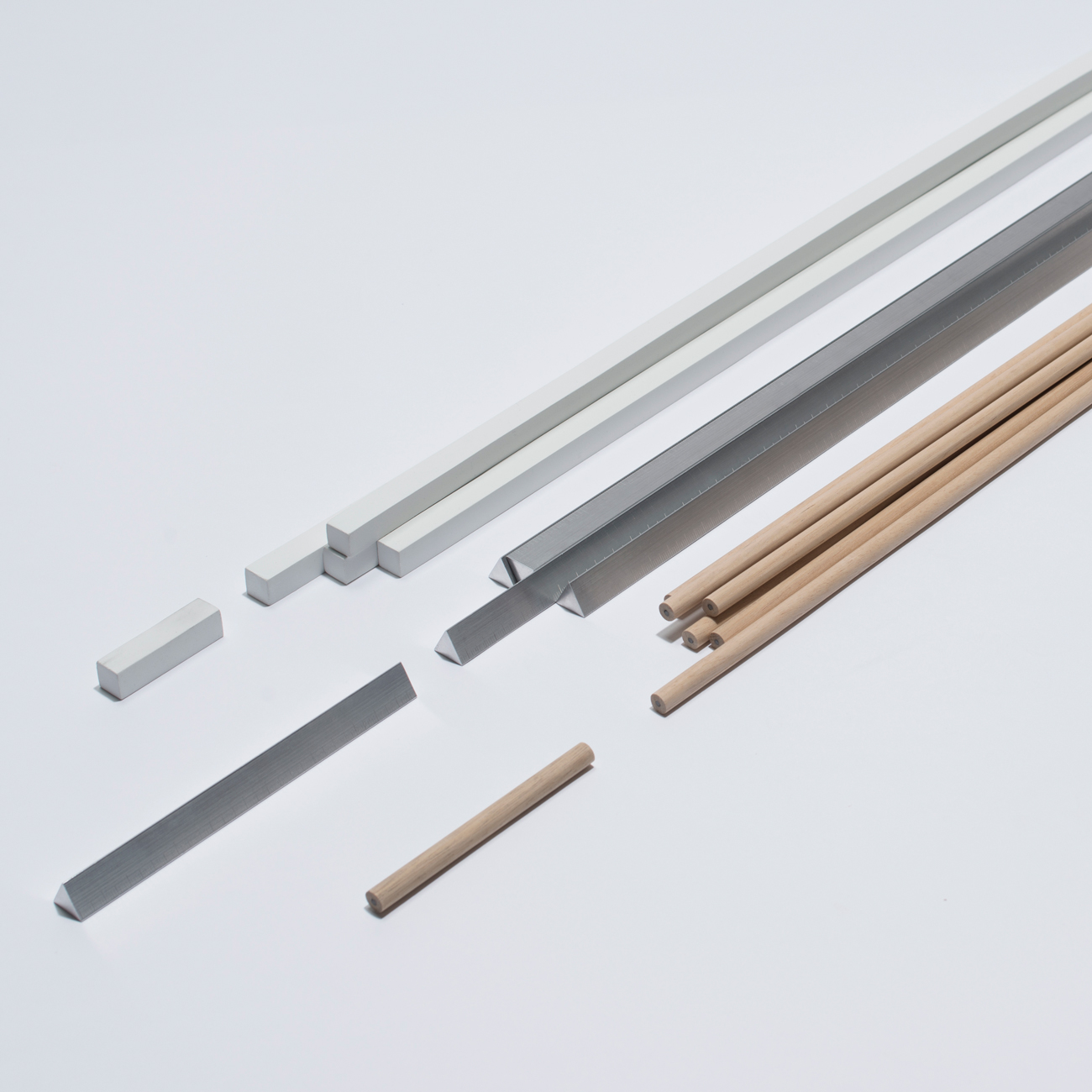
Going back to the "Origin of Stationery"
―― Tell us what the motivator was for you to enter the KOKUYO DESIGN AWARD.
Nakamori: I first met Ebidzuka at a competition when both of us became finalists, and started talking. We felt that each had different strengths that complement the other, and so naturally we started working together. As an opportunity to work together, we decided to participate in a competition and entered KOKUYO DESIGN AWARD.
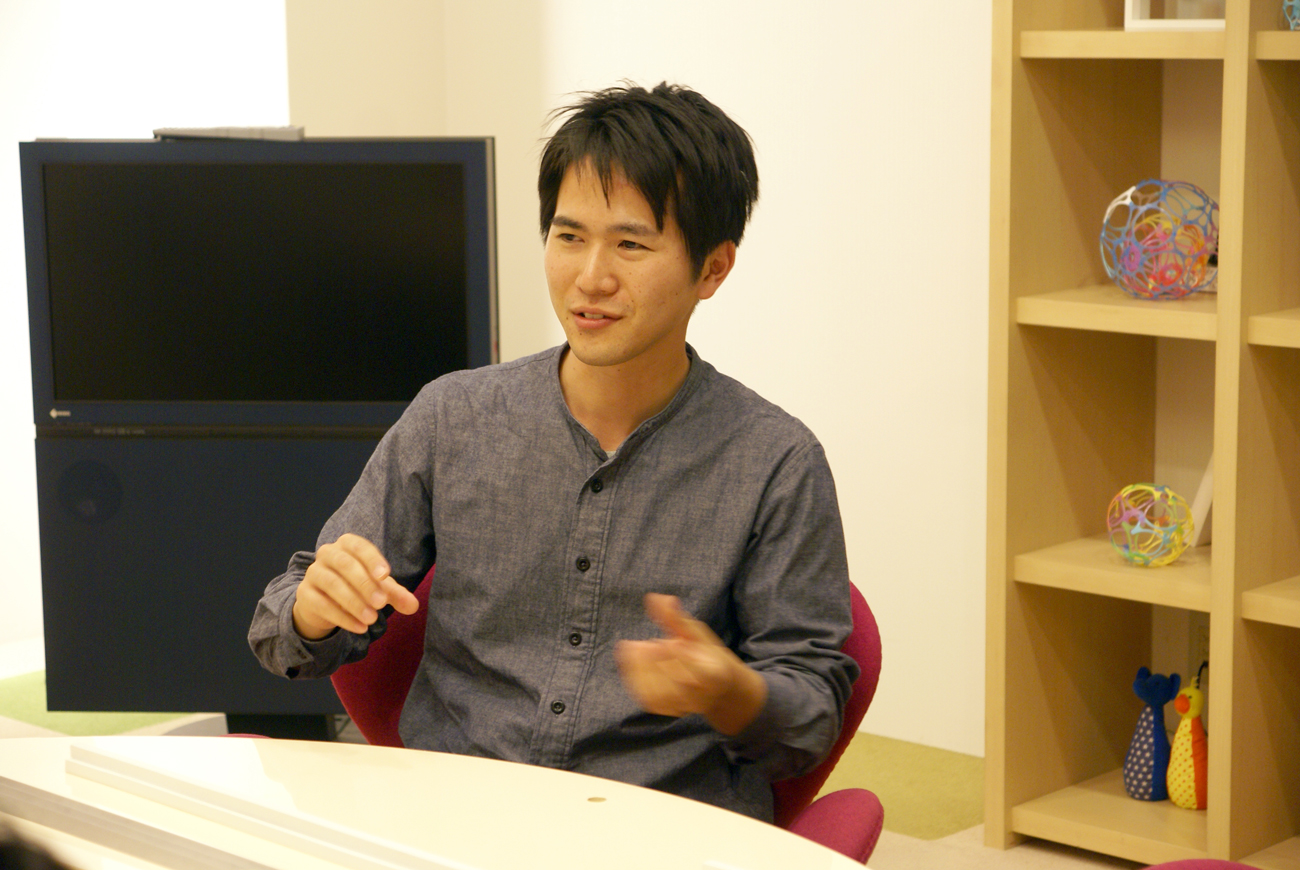
―― How did you interpret the 2016 theme of "HOW TO LIVE"?
Nakamori: It was a very abstract theme. Precisely because of this, we thought that if we started working on our concept on the basis of our everyday concerns and feelings, this would naturally answer the question of "HOW TO LIVE".
Ebidzuka: The introductory sentence of the theme said, "We are inundated with so many things in this modern age", which sounded like it was almost telling us, "We no longer need things" despite the fact that it was a design competition. We were puzzled as to how to come up with an answer to this theme. We started tossing ideas around and, to begin with, studied the origin of stationery.
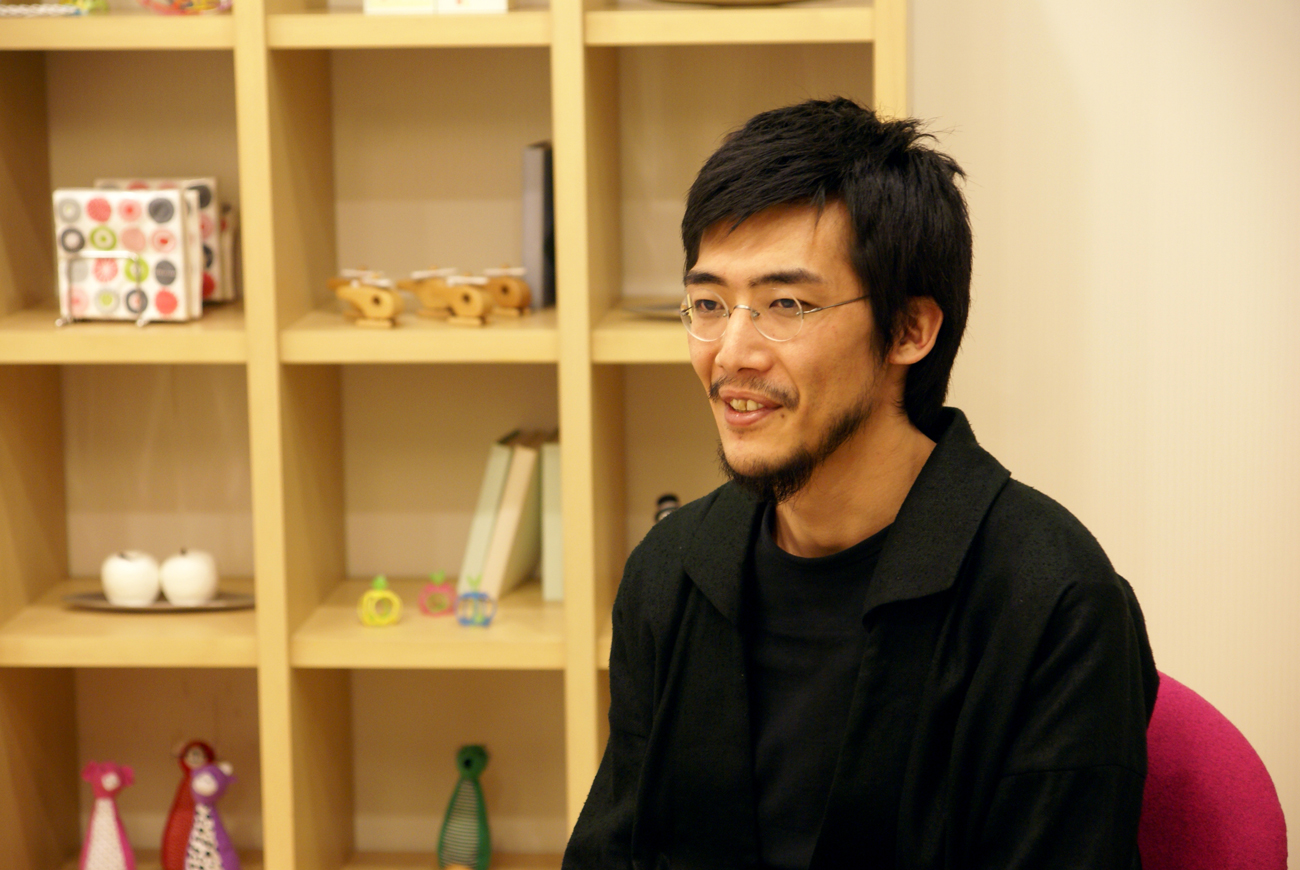
―― So you are telling us that you went all the way back asking to what stationery is?
Ebidzuka: In the the course of our study, rather than finding out a clear definition of stationery, we thought about treating stationery as loosely defined things. If the original purpose of stationery was to record, we might as well scrub it on something using a stone. Stationery is that simple and plain a thing.
Nakamori: For example, we found out that ancient pencils consisted of a bulky core sandwiched in between wooden plates and wrapped around with a string. There are traces of inventions where everyday things were used to improvise bricolages. As the functions and purposes of modern stationery are subdivided, opportunities are decreasing for users to think and create for themselves according to their needs. In the face of this, we came up with the idea of stationery which has room for users to select and decide on the ways they want to use it.
―― So, from there, your concept of "Raw Stationery" was born.
Ebidzuka: While we were discussing it, the idea of "selling by weight" popped up. In Italy, you can buy ham and cheese by weight. They are displayed in bulk and you ask the staff to cut you a rough piece and pack it.
Nakamori: But in Japan, shops cannot sell by weight in this manner. If this was the case, we could ask the buyer to cut it. When this idea came to our mind, we hit on the concept of "materials". If it is a material, it can be a rod of a certain length.
Ebidzuka: This is the advantage of working as a pair. While talking, you can see things from the other's point of view. Especially, as we are individuals with different backgrounds, it was easier to expand our ideas.
Between materials and processed goods
―― What made you choose "pencil", "eraser" and "ruler"?
Ebidzuka: We wanted to change the materials used, to include things such as wood, metal and plastic. Also, we wanted to have circular, triangular and square cross-sectional shapes. Furthermore, we contrasted the writing, erasing and assisting purposes of usage. Normally, I prefer to have three varieties of things. While two end up in binary opposition, I think three offer the chance of evolution through circulation.
―― Did you have any thoughts while producing the models?
Ebidzuka: We discussed at length where we will design up to and where we will stop designing. If we over-do it, it will no longer be a material; rather it will become a processed good.
Nakamori: For example, should we insert a slit every 1 cm or 10 cm? How about putting a hairline finish on the aluminum? Or scale marks to be printed on or engraved? Things like that. We eliminated as much as possible any factors which may reduce its capacity as a material.
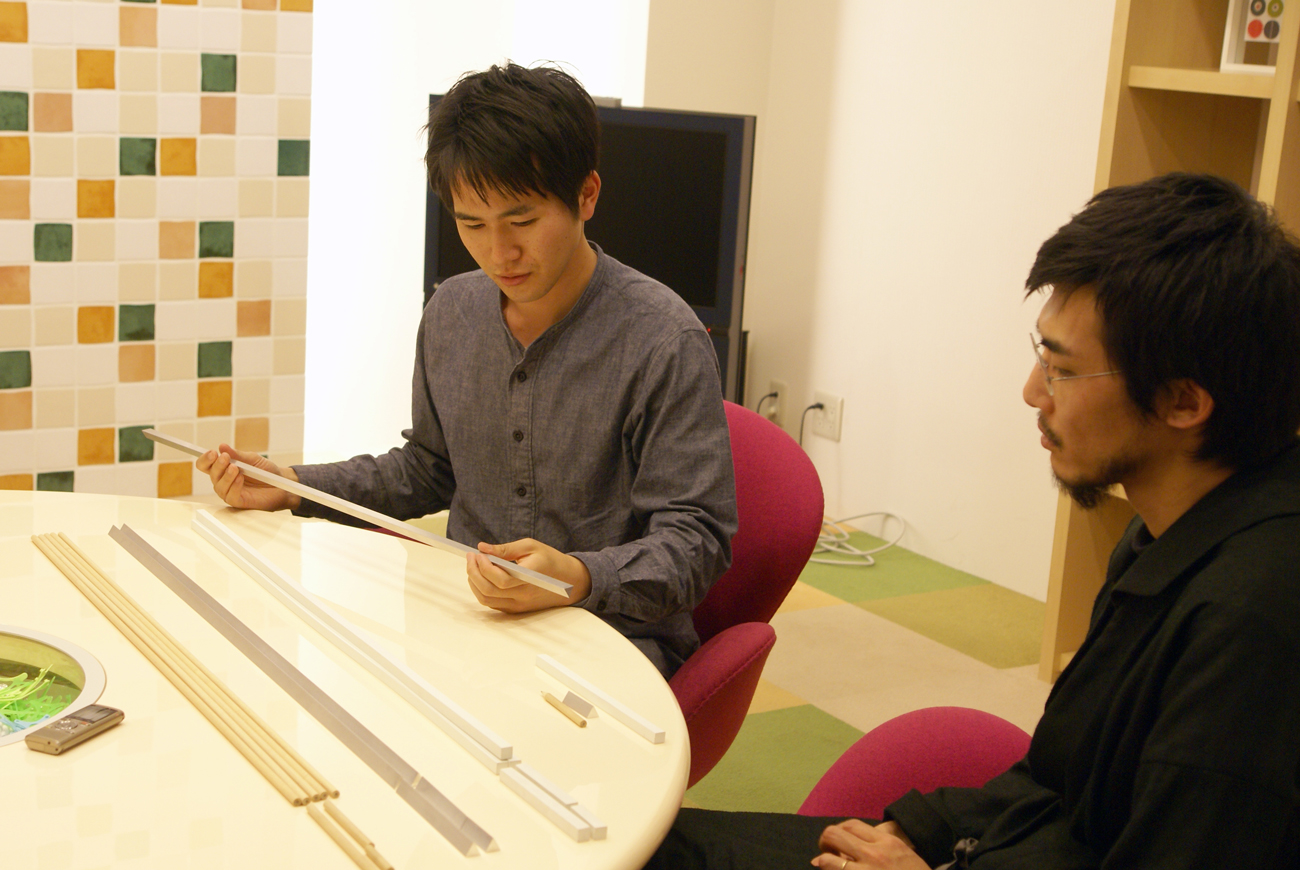
―― The title was "Raw Stationery". What was the meaning of this title?
Nakamori: We avoided becoming too neatly organized. Once it is packaged, the room to question is reduced and people who see the work just accept it for what it is, so we tried to come up with the simplest expression.
Realizing the "power of story" through the competition
―― Can you tell us about your final presentation for which you were given 5 minutes?
Ebidzuka: In order to explain the nature of stationery, we spent the first half explaining the history of stationery and its background. We intentionally introduced mainly the unique usage of stationery in the second half.
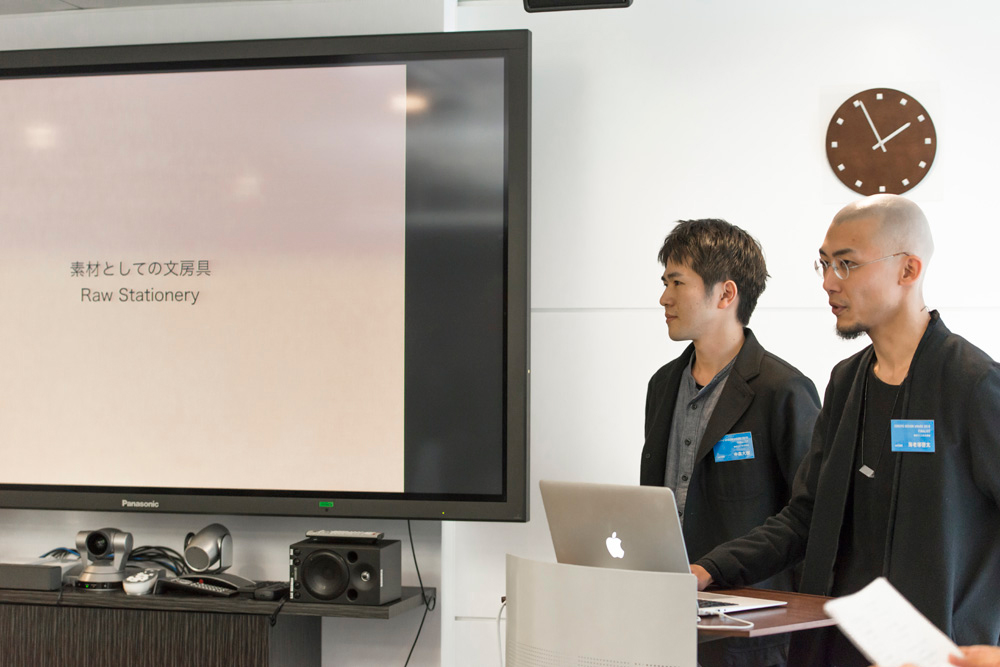
―― Were any memorable comments given to you by the judges?
Ebidzuka: I remember that we received many questions from the judges after the presentation about how we actually produced them and the possibility of commercializing them.
Nakamori: I vividly remember the comment given to us by Mr. Kinya Tagawa. He said, "First you made the theme "HOW TO LIVE" easy to understand, then you returned your work to us as the question. This could go viral in the media." I was very glad that he articulated what we wanted to achieve.
―― How did you feel when the Grand Prix was awarded to you?
Ebidzuka: I was relieved as I was wondering whether the conceptual messages would be understood accurately.
Nakamori: Although competitions like this usually attach value to ease of comprehension, I was glad that the judges accepted the thoughts and story behind "just rods". Through this experience, I was amazed by the power of a story. I feel that there is the potential to develop designs in those areas.
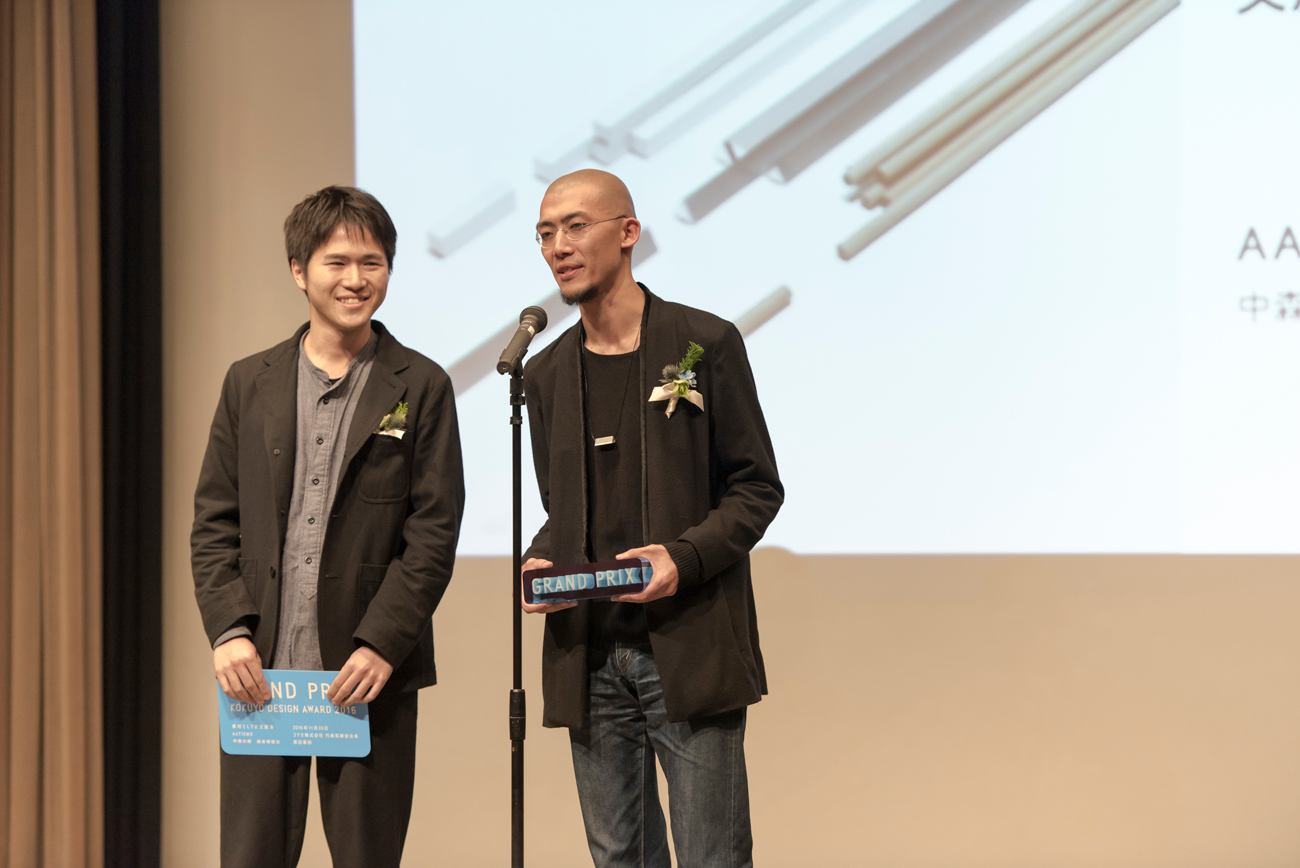
Aiming for an easy to understand presentation
―― What do you think of the KOKUYO DESIGN AWARD compared with other competitions?
Nakamori: I have the impression that pieces of work going in diverse directions get awarded. Convenient things, beautiful things; all sorts of different proposals are highly rated, and I feel there is room to be accepted even when you propose something completely new.
Ebidzuka: It is also appealing that there's the possibility of the award receiving work being commercially produced. Since architectural competitions end when the award is given, I have long been looking for an opportunity to be able to bring my own ideas to life. For us, the possibility of commercializing our work is one of the indicators for us in selecting which competitions to enter.
―― What sort of activities are you planning as AATISMO in the future?
Ebidzuka: We will be participating at an exhibition held in Leipzig in Germany, after one of our junior colleagues who found out that we won the Grand Prix at the KOKUYO DESIGN AWARD asked us to join. It is a place for introducing both German and Japanese architecture, so we are planning to exhibit an original display, as well as introducing our previous works. We would like to enter various competitions in the future and work across different categories.
Nakamori: The AAT in AATISMO means Art & Technology. As Ebidzuka has an architectural and art background, while I have a design and engineering background, we want to work on interesting projects, leveraging each other's aptitudes.
―― To conclude the interview, what messages do you have for future applicants?
Ebidzuka: Whatever the theme, if you start your thinking from your everyday thoughts and questions on a personal level, you will achieve well considered ideas; not artificial ones. In addition, the point is to give a good presentation. To clearly get across to the judges what you want to express. As it will also give you a chance to organize your thoughts, at the same time you work on your design, you should construct an easy to understand presentation.
